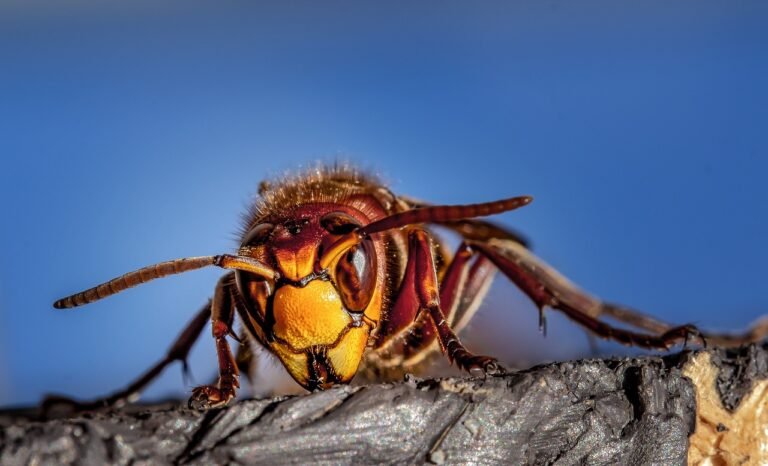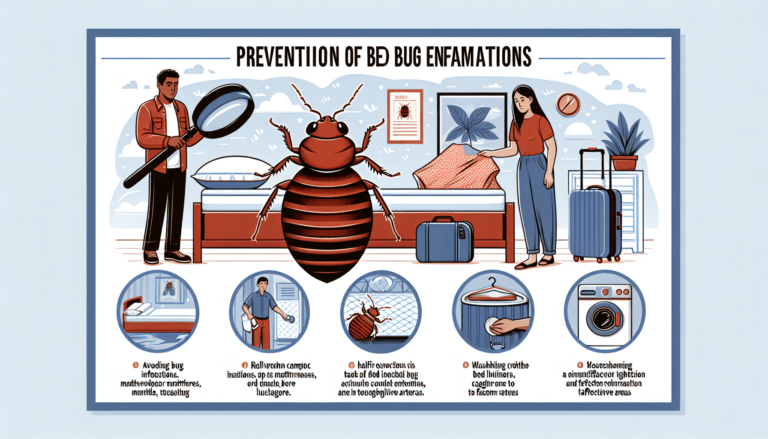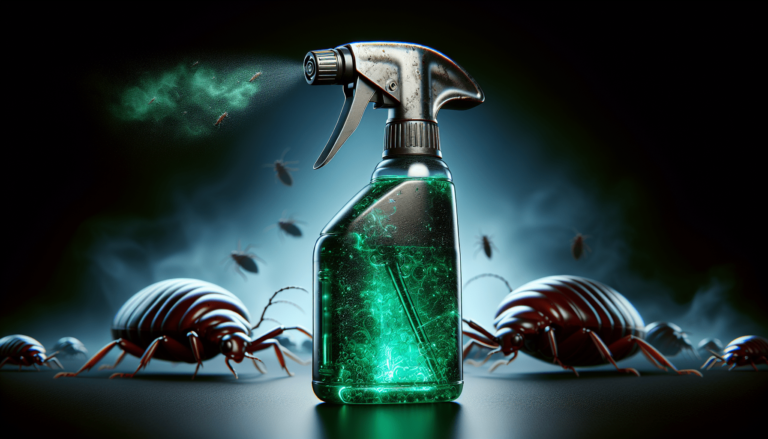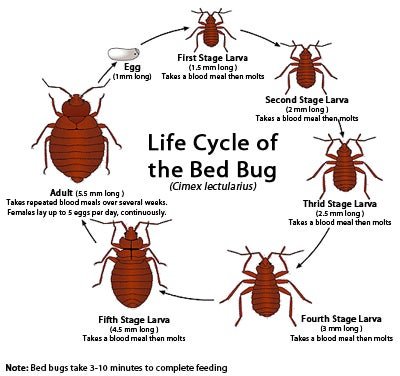Common Signs of Bed Bugs
This article explores the common signs of bed bugs, providing valuable information that is both informative and engaging. As a subject expert with extensive experience in dealing with bed bug infestations, I will guide you through the various signs to look out for, allowing you to identify any potential bed bug issues in your own home. From the physical evidence they leave behind to the telltale signs on your body, this article will equip you with the knowledge necessary to detect and address a bed bug problem. Through a conversational tone and real-life examples, you will gain a comprehensive understanding of the signs of bed bugs and how to effectively deal with them. So, if you’re ready to uncover the secrets of these elusive pests and take proactive measures, read on to discover the essential signs of a bed bug infestation.
Physical Evidence of Bed Bugs
Presence of bed bug skins, eggs, and fecal spots
One of the most common signs of a bed bug infestation is the presence of bed bug skins, eggs, and fecal spots. Bed bugs shed their skins as they grow, and these discarded skins can often be found in areas where they hide, such as mattress seams, headboards, or box springs. Additionally, bed bug eggs are tiny and white, and are usually hidden in cracks and crevices, such as in books, nightstands, or wallpaper cracks. Lastly, bed bugs also leave behind fecal spots, which are small dark droppings that resemble black dots. These spots can often be found on sheets, pillowcases, or other bedding.
Tiny blood stains on your sheets or pillowcases
Another clear sign of a bed bug infestation is the presence of tiny blood stains on your sheets or pillowcases. When bed bugs bite, they feed on your blood, and sometimes this can cause small blood stains to appear on your bedding. These stains are often the result of bed bugs being crushed or accidentally punctured while feeding. If you notice these stains on your bedding, it is a good indication that you have a bed bug problem.
Bite marks on skin in a line or grouped together
Bed bug bites are another physical evidence of their presence. These bites often appear as small, flat or raised bumps on the skin. They are typically itchy and can be accompanied by inflammation or redness. One distinguishing characteristic of bed bug bites is that they often appear in a line or grouped together, as bed bugs tend to feed in a pattern. If you notice bites on your skin that fit this description, it is important to investigate further for the presence of bed bugs.
Unpleasant Odor
Distinct musty smell which is produced by the bed bugs’ scent glands
Bed bugs have scent glands that produce a distinct musty smell. This odor is often described as a sickly-sweet or musty odor. If you notice an unusual smell in your bedroom or other areas of your home, it could be a sign of a bed bug infestation. This odor is particularly noticeable when there is a large number of bed bugs present.
Similar to the smell of rotten raspberries
The smell produced by bed bugs is often compared to the smell of rotten raspberries. This comparison is due to the sweet, fruity odor that is emitted by bed bugs. If you detect this scent in your living space, it is important to take immediate action to address the bed bug problem.
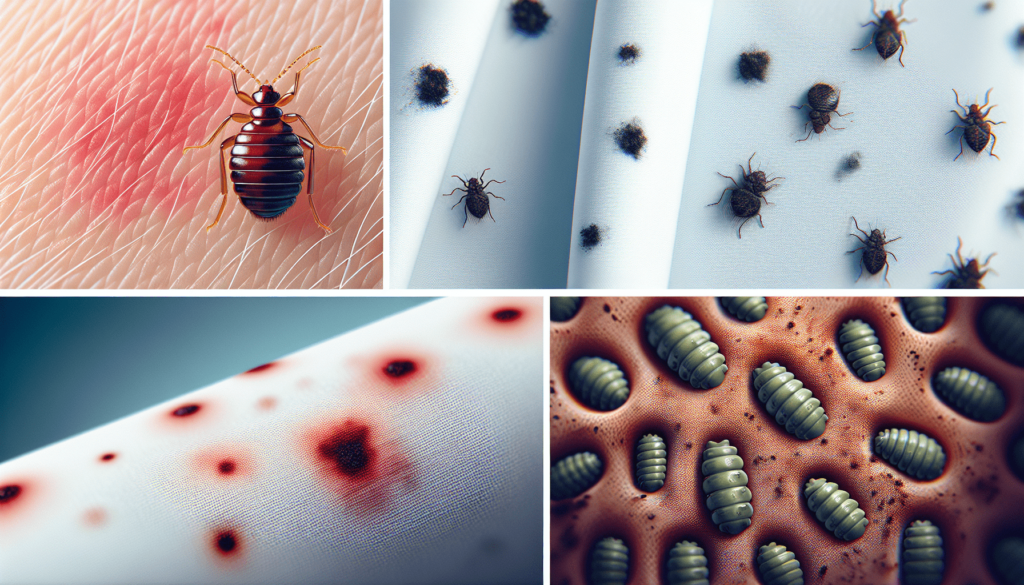
Uncommon Bites
Small, flat or raised bumps on the skin
Bed bug bites are often small, flat or raised bumps on the skin. They can vary in appearance from person to person, but they are generally red or pink in color and can sometimes be accompanied by swelling or itchiness. It is important to note that not everyone reacts to bed bug bites in the same way, so some individuals may not experience any symptoms at all.
Inflammation and itchiness surrounding the bite area
One of the most common reactions to bed bug bites is inflammation and itchiness surrounding the bite area. This is often due to an allergic reaction to the bed bug’s saliva, which is injected into the skin during feeding. The severity of these symptoms can vary from person to person, with some individuals experiencing mild discomfort and others experiencing more severe reactions.
Patterns of bites in a row or clustered together
One characteristic of bed bug bites is that they often appear in a pattern. Bed bugs tend to feed multiple times in a row, leaving behind a series of bites that are either in a straight line or clustered together. This is because bed bugs are usually attracted to the same area of the body and will feed multiple times in that location. If you notice a pattern of bites on your skin, it is a strong indication of a bed bug infestation.
Presence of Bed Bugs in Daytime
Sightings of bugs during daytime usually indicate severe infestation
While bed bugs are primarily nocturnal insects, they can still be active during the daytime under certain circumstances. If you see bed bugs crawling or moving around in broad daylight, it is a sign that the infestation is severe. Bed bugs usually hide in cracks and crevices during the day, but as the infestation grows, they may become more desperate for food and venture out in search of a blood meal.
Discarded shells or molted skins
Another indication of the presence of bed bugs during the daytime is the presence of discarded shells or molted skins. As bed bugs grow, they shed their exoskeletons, or skins, multiple times. These discarded shells can often be found in areas where bed bugs hide during the daytime, such as the seams of mattresses, headboards, or other furniture. If you come across these molted skins, it is a clear sign that there is an active bed bug infestation.
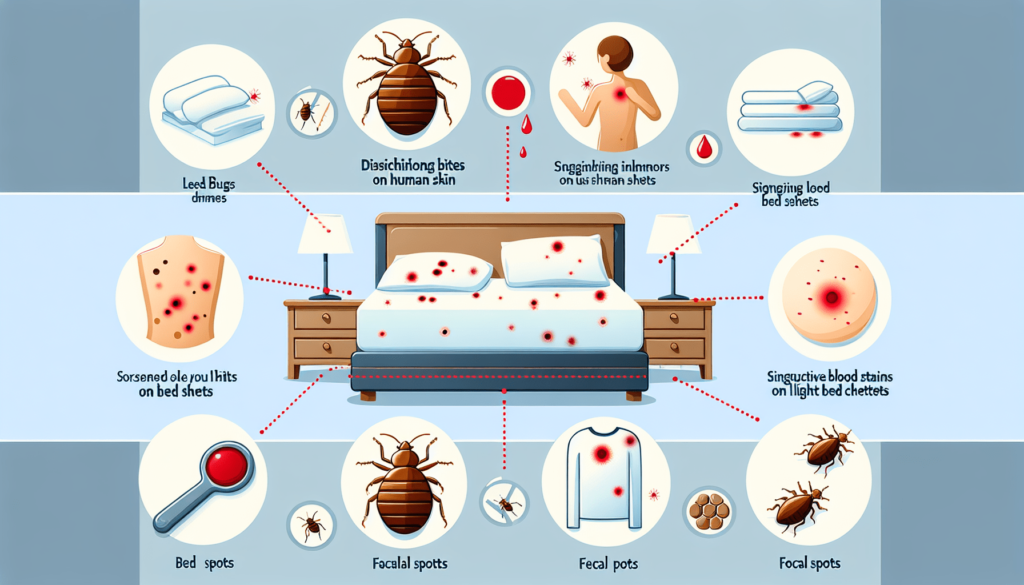
Rust Stains or Dark Spots
Often found on mattresses and bedding
Rust stains or dark spots on mattresses and bedding can be a telltale sign of a bed bug infestation. This is because bed bugs often defecate in the areas where they hide, and their feces can leave behind dark stains. These stains are usually reddish-brown or black in color and can be found on sheets, pillowcases, or mattress covers. If you notice these stains on your bedding, it is important to thoroughly inspect your sleeping area for bed bugs.
Caused by the bugs defecating or being crushed
The rust stains or dark spots that are left behind by bed bugs are a result of their feeding habits. When bed bugs feed, they consume blood and then excrete droppings that contain digested blood. These droppings can appear as rust-colored spots on your bedding. Additionally, when bed bugs are accidentally crushed or squashed, they can leave behind dark streaks or spots, which are also a form of evidence of their presence.
Identification of Bed Bug Nests
Bed bugs tend to live in groups and nest in hidden places
Bed bugs are social insects that tend to live in groups and nest in hidden places. When bed bugs infest a home, they will seek out dark, secluded areas where they can hide and reproduce. These areas often include mattress seams, headboards, box springs, and bed frames. Bed bugs are adept at finding small crevices and cracks to nest in, making them difficult to detect without a thorough inspection.
Usual locations of nests include mattress seams, headboards, box springs, and bed frames
The usual locations where bed bugs establish nests are in areas that provide them with easy access to their food source (human blood) and offer ample hiding places. Mattress seams, headboards, box springs, and bed frames are all common nesting spots for bed bugs. These locations allow the bed bugs to be in close proximity to their human hosts while also providing them with the protection and concealment they need.
The Existence of Bed Bug Eggs
Bed bug eggs are very tiny and white
Bed bug eggs are a key piece of evidence when it comes to identifying a bed bug infestation. These eggs are very small, measuring about 1 millimeter in length, making them difficult to see with the naked eye. They are oval-shaped and have a white color, which helps them blend in with their surroundings. Bed bug eggs are usually cemented in hidden places such as cracks and crevices, making them even more challenging to locate.
Cemented in hidden places including books, nightstands, and wallpaper cracks
Bed bug eggs are typically laid in hidden places that provide protection and warmth for the developing eggs. These hidden areas can include cracks and crevices in furniture, such as in books, nightstands, or wallpaper cracks. It is important to thoroughly inspect these areas if you suspect a bed bug infestation, as finding and destroying the eggs is crucial for eliminating the infestation.
Bed Bugs in Other Furnishings
Bed bugs can also hide in sofas, chairs, or drapes
While bed bugs are most commonly associated with beds and mattresses, they can also hide in other furnishings within a home. Sofas, chairs, and drapes are all potential hiding spots for bed bugs, especially if they are located in close proximity to the bed. Bed bugs can easily crawl from one piece of furniture to another, making it important to thoroughly inspect all areas where they could potentially hide.
They can migrate to different rooms through ductwork or false ceilings
Bed bugs are not limited to a single room or area within a home. They are skilled at migrating and can easily move from one room to another through various means. Bed bugs can crawl through ductwork, electrical outlets, or plumbing pipes to travel from one room to another. They can also move between rooms through false ceilings, wall voids, or cracks in the walls. This ability to migrate and infest different areas of a home makes bed bugs a particularly challenging pest to eradicate.
Cases of Unexplained Itchiness or Skin Irritation
Especially noticed upon waking
One common symptom of a bed bug infestation is unexplained itchiness or skin irritation, particularly noticed upon waking. Bed bugs are most active during the night when their human hosts are asleep, and they typically feed during this time. As a result, individuals who have bed bugs in their home may wake up with unexplained bite marks or itchy skin. If you experience persistent itchiness or skin irritation, it is important to consider the possibility of a bed bug infestation.
Frequently on areas of the body exposed during sleep like arms and shoulders
Bed bug bites often appear on areas of the body that are exposed during sleep, such as the arms, shoulders, or neck. This is because bed bugs are attracted to the warmth and carbon dioxide that humans emit while sleeping. As a result, these bite marks are often found in clusters or a line on these exposed areas. If you notice bite marks on these parts of your body, it is important to thoroughly inspect your sleeping area for the presence of bed bugs.
Interrupted Sleep Patterns
Restlessness or insomnia due to bed bug activities during the night
Bed bugs are primarily active during the night, which can lead to interrupted sleep patterns in individuals who have a bed bug infestation. The presence of bed bugs can cause restlessness or insomnia as the constant biting and itching can make it difficult to sleep. Bed bugs can also create a sense of unease and discomfort, making it challenging to relax and achieve a restful night’s sleep. If you find yourself experiencing disrupted sleep patterns, it is important to consider the possibility of a bed bug infestation.
Feeling of something crawling on the skin while in bed
One unsettling experience reported by individuals with a bed bug infestation is the feeling of something crawling on their skin while in bed. This sensation can occur when bed bugs are actively crawling on or near the body in search of a blood meal. It can elicit a sense of discomfort and unease, further contributing to disrupted sleep patterns. If you repeatedly experience this sensation, it may be an indication that you have a bed bug problem.


